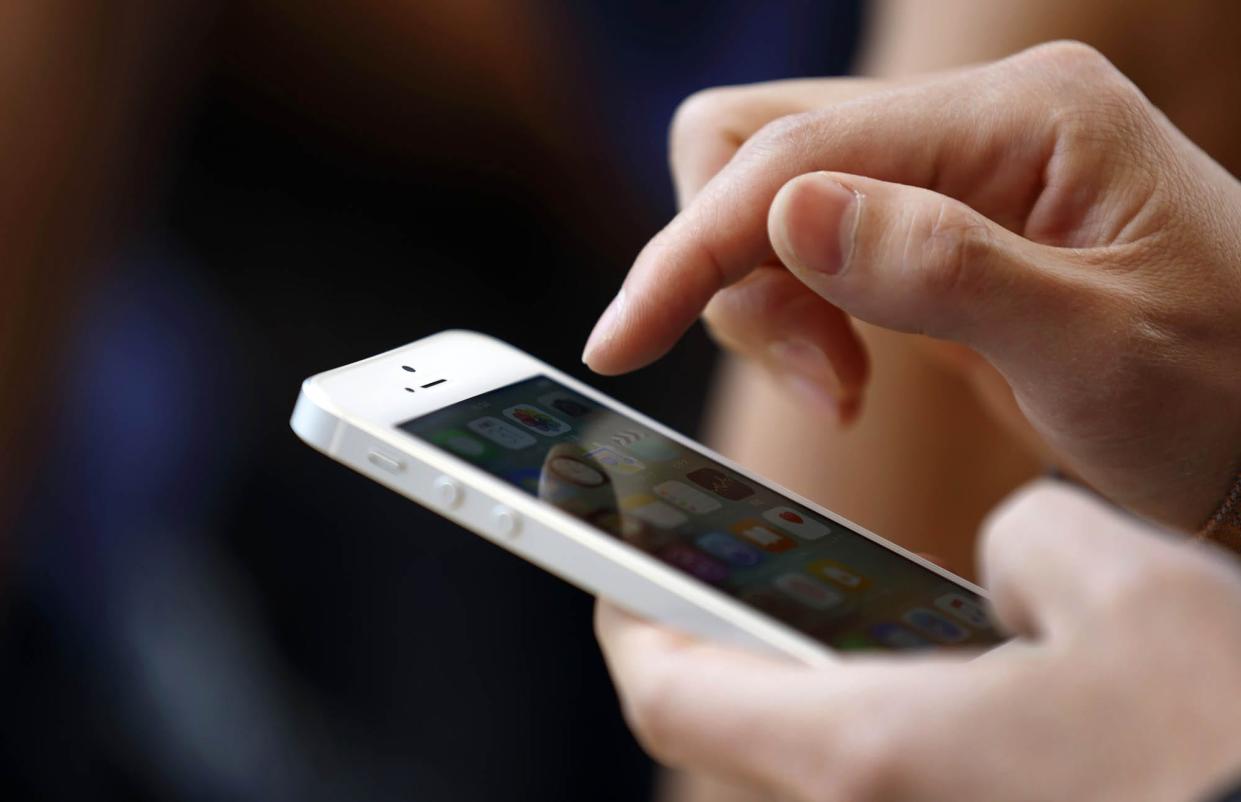Want to switch cellular networks? Here's how to find the best one for you

QUESTION: How can I tell if another cellular network is better than what I’m using before I switch?
ANSWER: Nothing is more central to how we communicate, navigate and educate ourselves than our smartphones — and nothing is more frustrating than when they have connectivity issues.
It’s natural to wonder if another network would provide a better experience, but the first thing to understand is that the technology itself isn’t all that reliable.
Cellular signals can be impacted by a variety of physical obstructions such as buildings, mountains and trees as the best service occurs when your device has a direct line-of-site connection.
How and where you use your smartphone will have the biggest impact on which carrier is best for you as there is no "best network" for everyone.
If you travel to various areas on a regular basis, you may find that the service that’s great in one location is far worse in another.
Network congestion, especially on 4G/LTE connections, can play a role in the quality of your service in heavily populated areas as well.
Choosing between 5G and 4G/LTE
It’s important to understand the differences between these two wireless frequencies. 5G signals are better at managing congestion and typically provide faster speeds, but they are more susceptible to physical obstructions.
4G/LTE signals are better at transmitting through obstructions and can provide connections at far greater distances.
Got a new SSD?: Here's the best way to get rid of data
How to read signal strength bars
We’ve all experienced the perplexing situation where our phone tells us that it has a great signal via the bars, but we can’t seem to get anything to load.
These bars and even the "5G" indicator are about as useful as a generic engine light that appears on a car’s dashboard.
To see your true connection quality, you’ll need an app that lets you see the decibel-milliwatts (dBm) like the one from WeBoost.
They specialize in hardware that can boost cell signals, but the app for their hardware can also give you a real indication of your signal strength in dBm.
Tap on the "Signal" option at the bottom, then tap the scan button to get a current reading:
-50 to -79 dBm: great signal
-80 to -89 dBm: good signal
-90 to -99 dBm: average signal
-100 to -109 dBm: poor signal
-110 or higher dBm: very poor signal or a dead zone
Look at cell coverage maps
Every cellular provider publishes their coverage map to get a general idea of which networks provide service where you live, work and travel.
A more detailed option would be to use the OpenSignal app which can provide several great insights.
First, it has speed tests that can provide current download and upload speeds along with latency. Latency is a measurement of how responsive the network will be — the lower the number, the better.
It also provides a coverage map as provided by its users (tap the map point icon at the bottom) that allows you to drill down to your location with ratings for the big three providers.
Comparing other networks
With both of these apps and a neighbor or co-worker who’s on a different network, you can start doing extensive comparisons of your current network versus theirs to see if switching makes sense.
Ken Colburn is founder and CEO of Data Doctors Computer Services, datadoctors.com. Ask any tech question at facebook.com/DataDoctors or on Twitter @TheDataDoc.
This article originally appeared on Arizona Republic: Looking for a new cellular network? What to know before you switch

